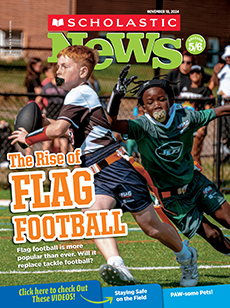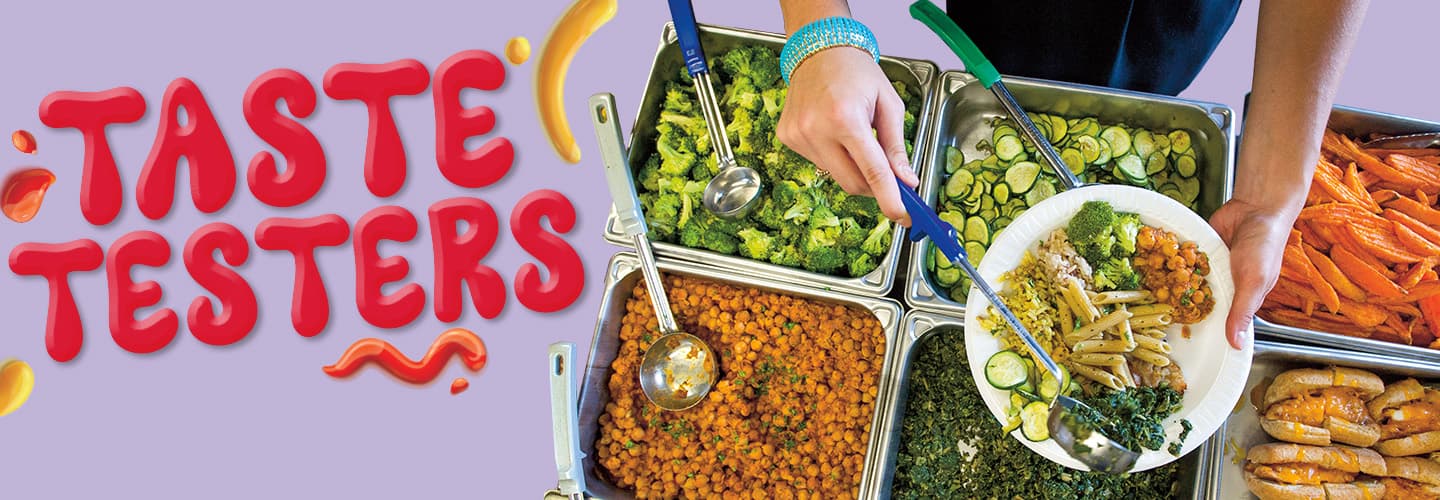Last spring, Elsa Hammerman noticed something was missing from her school’s cafeteria menu. Her favorite meal, roasted chicken, was gone. It was one of several items that had been removed because of budget cuts at public schools in New York City.
Elsa wrote a letter to the director of food services for the city’s school cafeterias. She politely asked him to bring back roasted chicken. A couple of months later, Elsa’s favorite meal was once again being served at her school, P.S./I.S. 187.
“I was so excited,” the 11-year-old says. “My friends and I always looked forward to the roasted chicken. And it was back!”
Elsa also found out that there are other ways she could have a say in what’s served in her cafeteria.
Last spring, Elsa Hammerman noticed something at lunch. Her favorite meal, roasted chicken, was gone from her school’s cafeteria menu. It had been removed because of budget cuts at public schools in New York City.
Elsa wrote a letter. She sent it to the official in charge of the city’s school cafeterias. She politely asked him to bring back roasted chicken. A couple of months later, the dish was back on the menu at her school, P.S./I.S. 187.
“I was so excited,” the 11-year-old says. “My friends and I always looked forward to the roasted chicken. And it was back!”
Elsa also learned that there are other ways she could help plan what’s served in her cafeteria.

